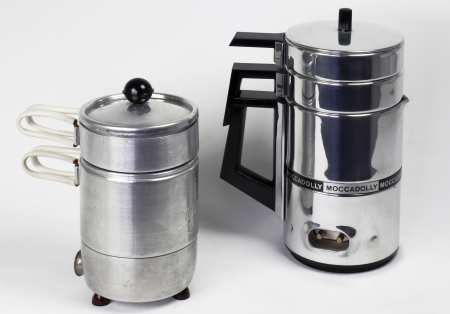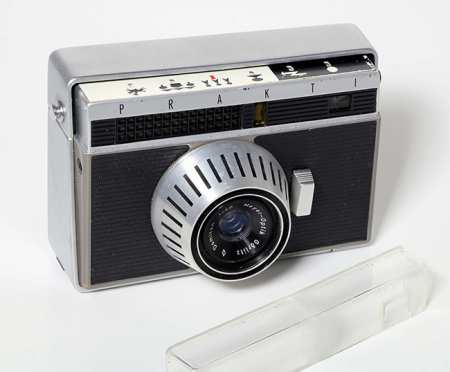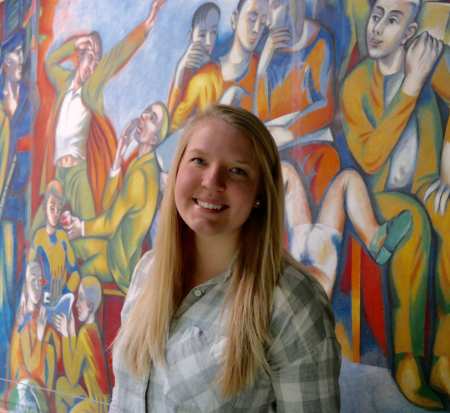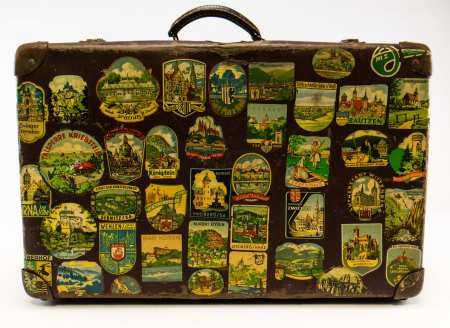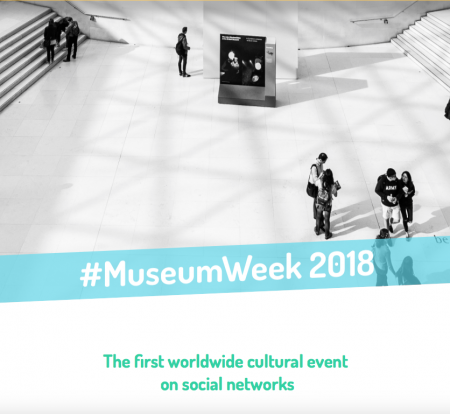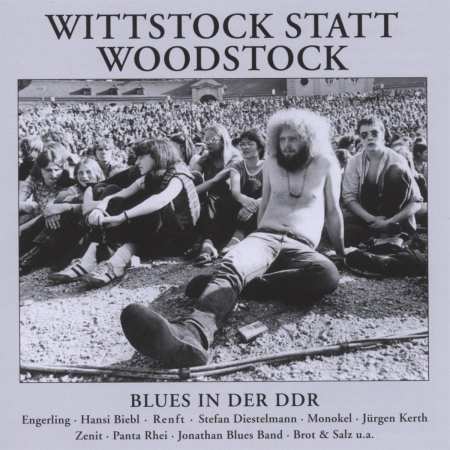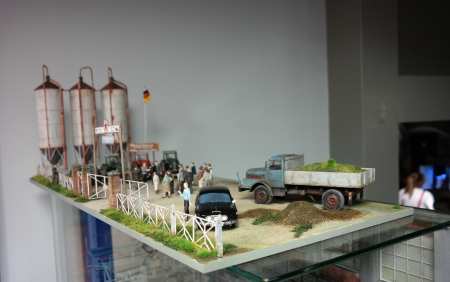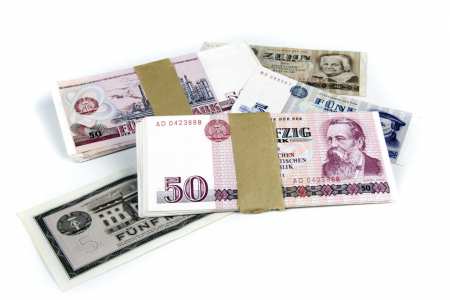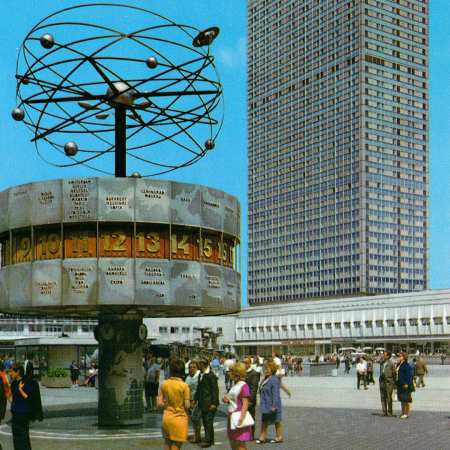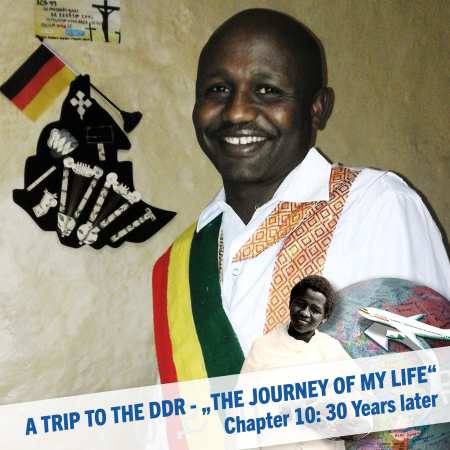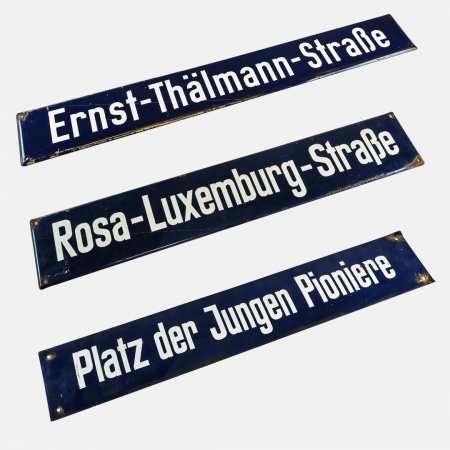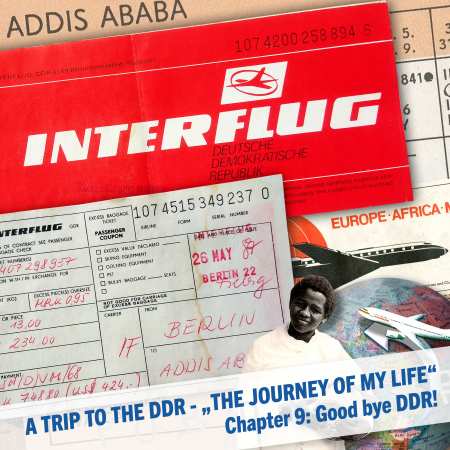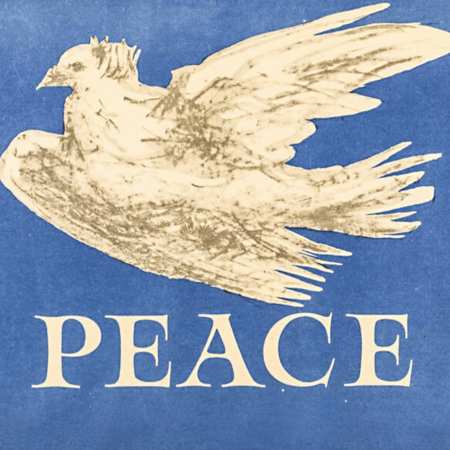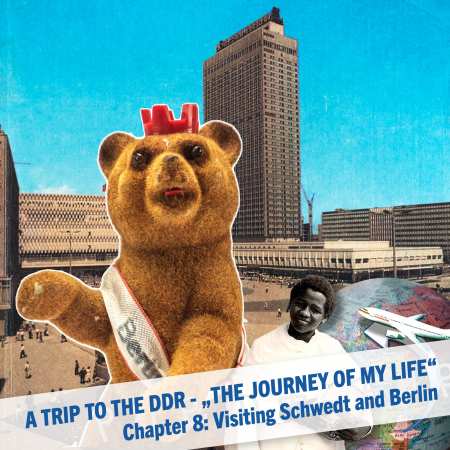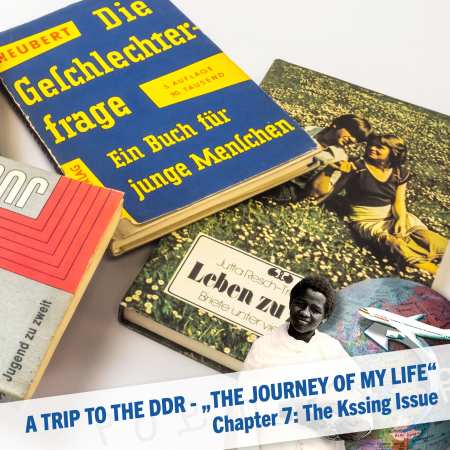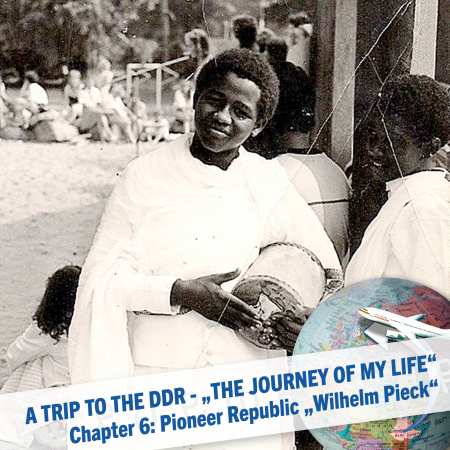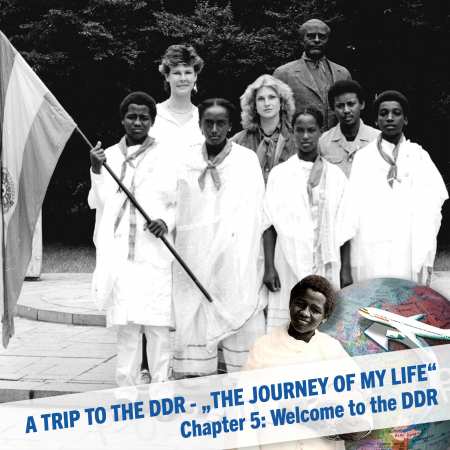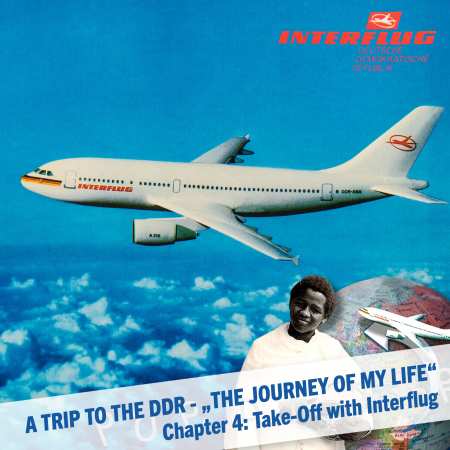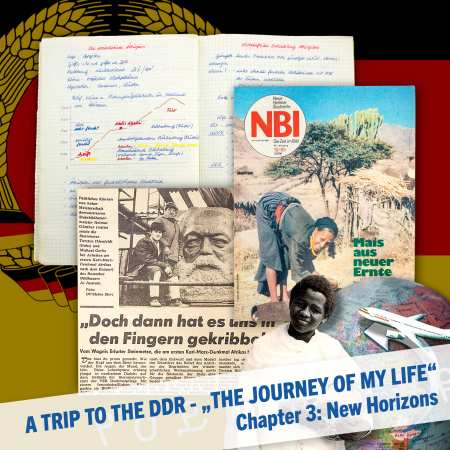Blog
Günter Höhne writes
From Duckling to Swan: „Moccadolly“
6 Feb 2019Read more
Günter Höhne writes
DDR Design PRAKTI Camera
23 Jan 2019Read more
From the Museum
An Intern's introduction and report on her Internship
26 Nov 2018Read more
Object of the month November 2018
Leather suitcase with stickers
1 Nov 2018Read more
News
#MuseumWeek: A Week for Museums on Twitter
8 May 2018Read more
History of Music
Wittstock instead of Woodstock - Blues in the DDR
24 Apr 2018Read more
From the museum
The dioramas are here
19 Mar 2018Read more
From the collection
The 1990 Monetary, Economic and Social Union
1 Feb 2018Read more
Relics from the DDR
The World Time Clock
13 Dec 2017Read more
A Trip to the DDR - "The Journey of my Life"
Chapter 10: 30 Years Later
21 Nov 2017Read more
Object of the Week
Street names in the GDR
16 Nov 2017Read more
A Trip to the DDR - "The Journey of my Life"
Chapter 9: Good bye DDR!
14 Nov 2017Read more
What remains?
The Peace Dove
8 Nov 2017Read more
A Trip to the DDR - "The Journey of my Life"
Chapter 8: Visiting Schwedt and Berlin
7 Nov 2017Read more
A Trip to the DDR - "The Journey of my Life"
Chapter 7: The Kissing Issue
31 Oct 2017Read more
A Trip to the DDR - "The Journey of my Life"
Chapter 6: Pioneer Republic "Wilhelm Pieck"
24 Oct 2017Read more
A Trip to the DDR - "The Journey of my Life"
Chapter 5: Welcome to the DDR
17 Oct 2017Read more
A Trip to the DDR - "The Journey of my Life"
Chapter 4: Take-Off with Interflug
10 Oct 2017Read more
A trip to the DDR - "The journey of my life"
Chapter 3: New Horizons
3 Oct 2017Read more
Relics of the DDR
The Soviet Embassy in Berlin
27 Sep 2017Read more
